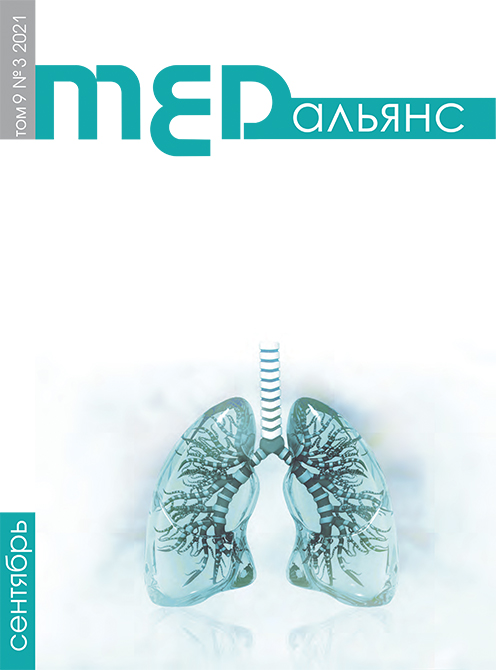Abstract
Aim: Study the smoking status during the COVID-19 pandemic among the subscribers of Quitline of the Russian Federation.
Маterials and methods. Smokers’ (18–74 years of age) presentations to the Quitline from January 2020 to June 2021 have been reviewed. Subscribers were asked questions on smoking status (number of cigarettes per day, nicotine dependence) prior and during COVID-19 pandemic; motivation to stop tobacco smoking. Were offered 1-month phone follow-up (calls on the day of quitting, and then on days 3, 7, 14, 21 and 30). The effectiveness of quitting smoking was assessed after 30 days and after 6 months from the day of stopping smoking.
Results and discussion. The number of those who called to seek help in quitting smoking rose 40% in March and 59% in April — August 2020 compared to beginning of 2020 (p<0.05). 65% made an attempt to stop smoking. The number of subscribers grew who were quitting smoking not only for the sake of health, but also for economic reasons (35%), and because of the lack of smoking company (10%). Among those who called the Quitline during the COVID-19 pandemic in an attempt to become tobaccofree, 29.4% decreased consumption of tobacco, 23.2% increased it, and 47.4% remained without any change in terms of smoking status. When stress and fear were present in the face of new coronavirus infection, the smokers significantly more often started smoking more cigarettes a day compared to previous levels (RR 1.72 95% CI 0.752- 4.130). When working from home (46.3%), the smokers smoked less cigarettes a day (17.8±1.4, p<0.05) compared to work in the office. The chances to decrease the number of cigarettes when shifting to home-office mode are: OR 1.967 (95% CI 0.757–5.109). The effectiveness of 30-days and 6-months abstinence did not depend on when the decision to stop smoking was made (prior to pandemic, in its first months, or in the first half of 2021).
Conclusion. The study demonstrated that during the pandemic the fear for own health in the face of a new coronavirus infection raised the risks of more cigarettes a day. When working from home, the smokers changed their smoking behavior more often.

